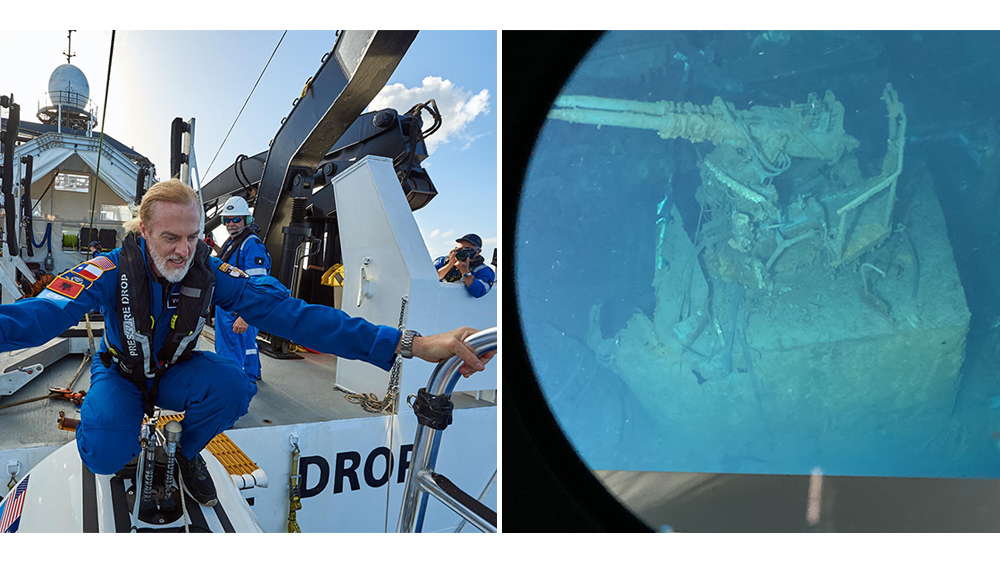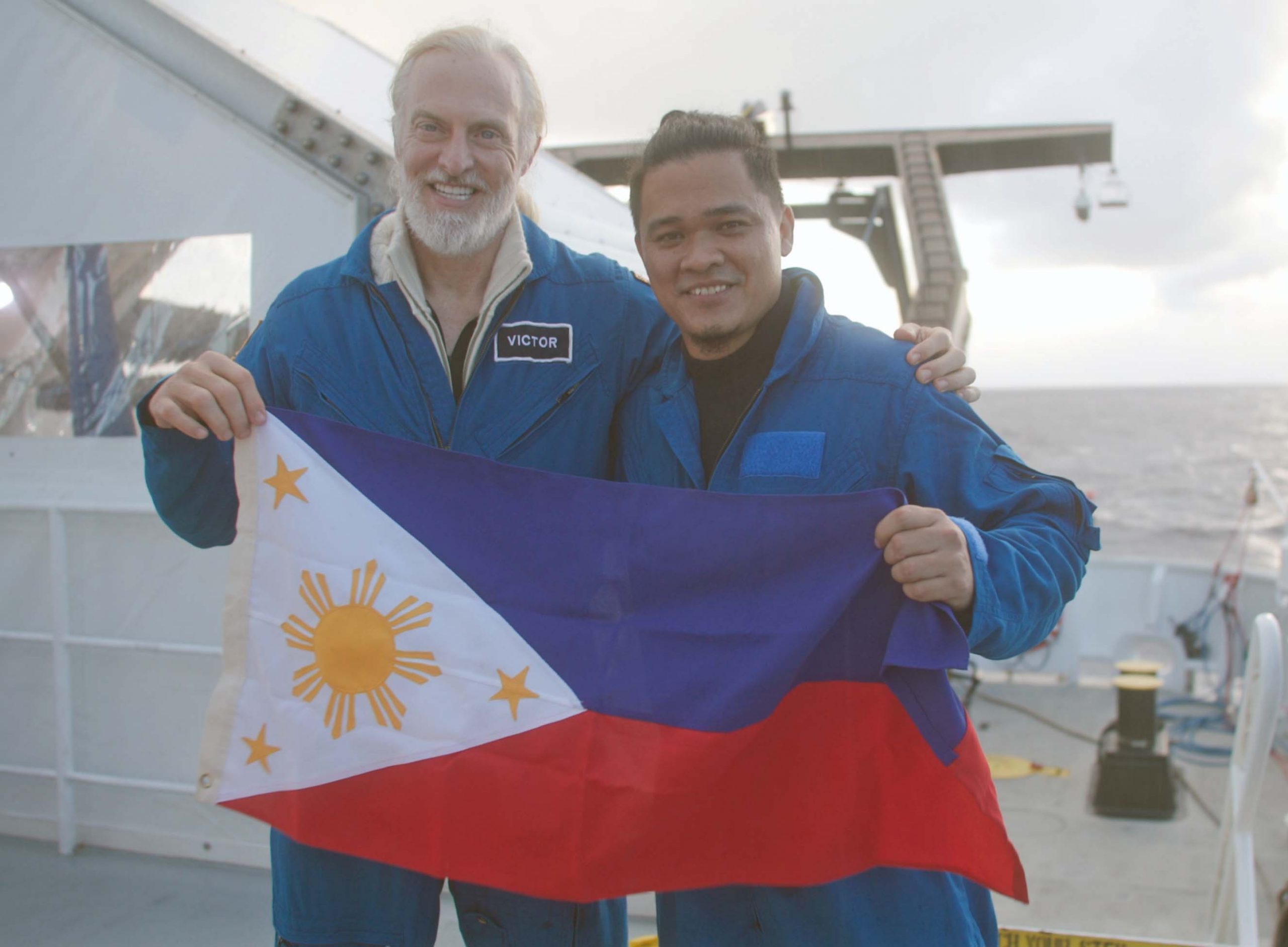The microbial oceanographer Dr Deo Florence L. Onda and Victor Vescovo, an American undersea explorer, dive on March 23, 2021, into the third deepest trench, find plastic at the bottom and make history.
The Emden Deep, also renowned as Galathea Deep or Galathea Depth, is the third most profound point on Earth and is in the south-western Pacific Ocean. Thousands of climbers have climbed the highest point on Earth, Mount Everest, but these two people are the only ones to dive into the third deepest trench point on Earth.
Emden was a German ship that sailed in 1927 and discovered this point known as Emden Deep. The DANISH ship Galathea was first explored in 1951, from where the name Galathea Deep or Galathea Depth is taken. During the Danish expedition, biological samples were taken and exhibited that a wide variety of fish, bacteria, amphipods, echinoderms not only survived but also flourished.
Dr Deo Florence L. Onda is a Filipino oceanographer as well as an associate professor at the University of the Philippines Marine Science Institute (UPMSI). As of March 2021, he is the youngest faculty member of the institution. Victor Lance Vescovo is a retired naval officer, undersea explorer and American Private Equity investor. During the Five Deeps Expedition of 2018-2019, he visited the deepest points of all five oceans. In 2019, he was granted the Guinness World Records for covering the best upward distance without leaving the outer layer of Earth.
Discovery of Plastic in Emden Deep

These two people explored that now plastic has made its way into the third deepest point on Earth. A distressing situation has come now as plastic pollution is increasing day by day at a frightening rate. The pair initially mistook plastic for a jellyfish. Apart from plastic, they found a pair of pants, a lot of plastics, a shirt, and a lot of plastic bags. The discovery of plastic in the trench was shocking for Onda, whose principal research focus is on the life cycle and role of microorganisms.
“Microorganisms are the principal drivers of carbon depository, which then, at that point, drives environmental change. At the point when phytoplankton devours carbon, taking carbon dioxide from the air, they convert it into particulate natural matter that sinks to the lower part of the sea and gets put away for a long period,” he said. After four-hour descent, they found garbage lying on the seafloor. Vescovo added that the measure of human waste and remains found in the Emden Deep, spread around in pockets on the seabed, was “substantial.” In 2019 also Vescovo discovered plastic waste at the bottom during a thorough analysis expedition.
Plastic is such a profound place is a new incident highlighting the severity of human activity. Plastic is also harming marine life badly.
Harshita Sinha

